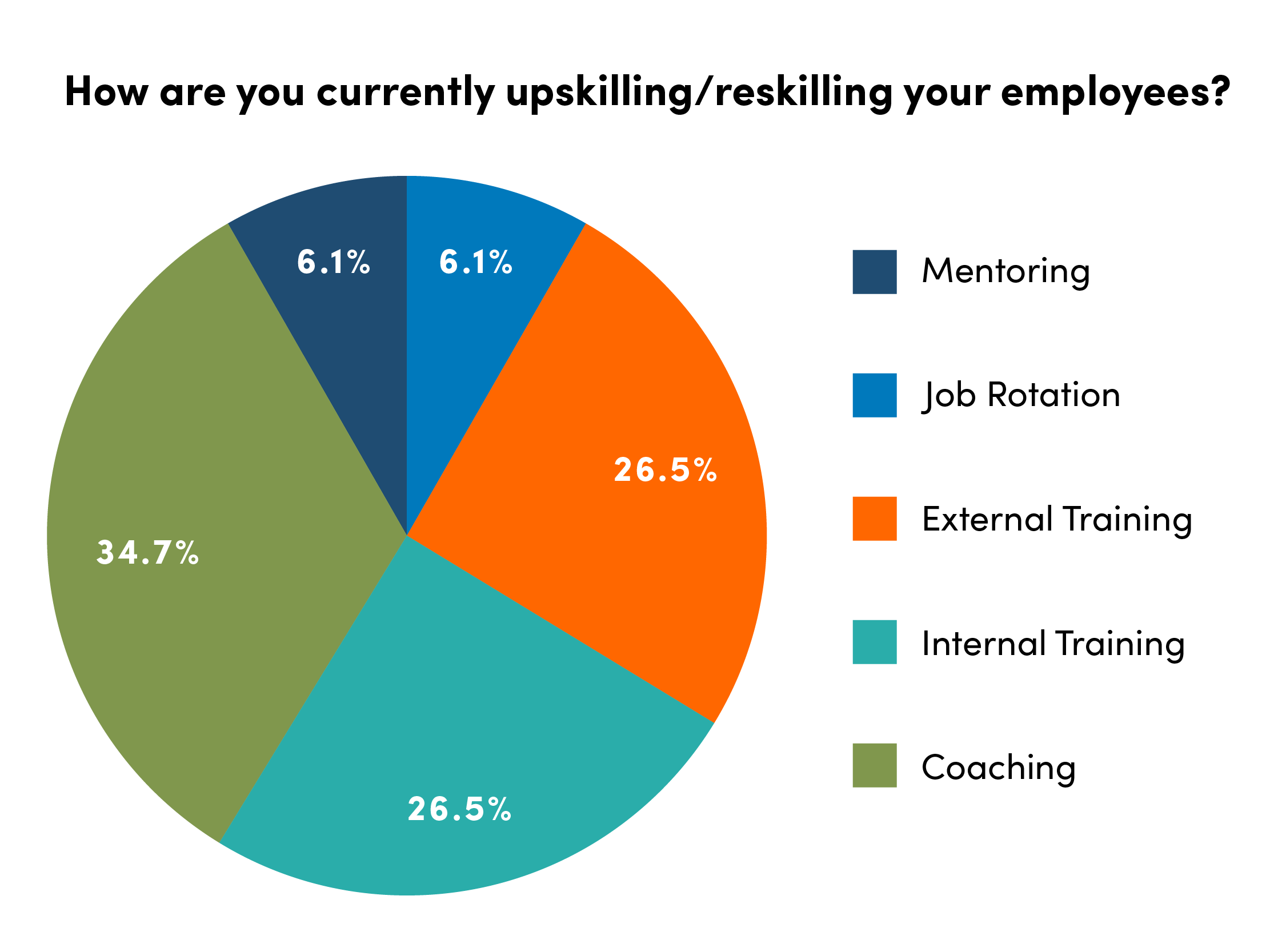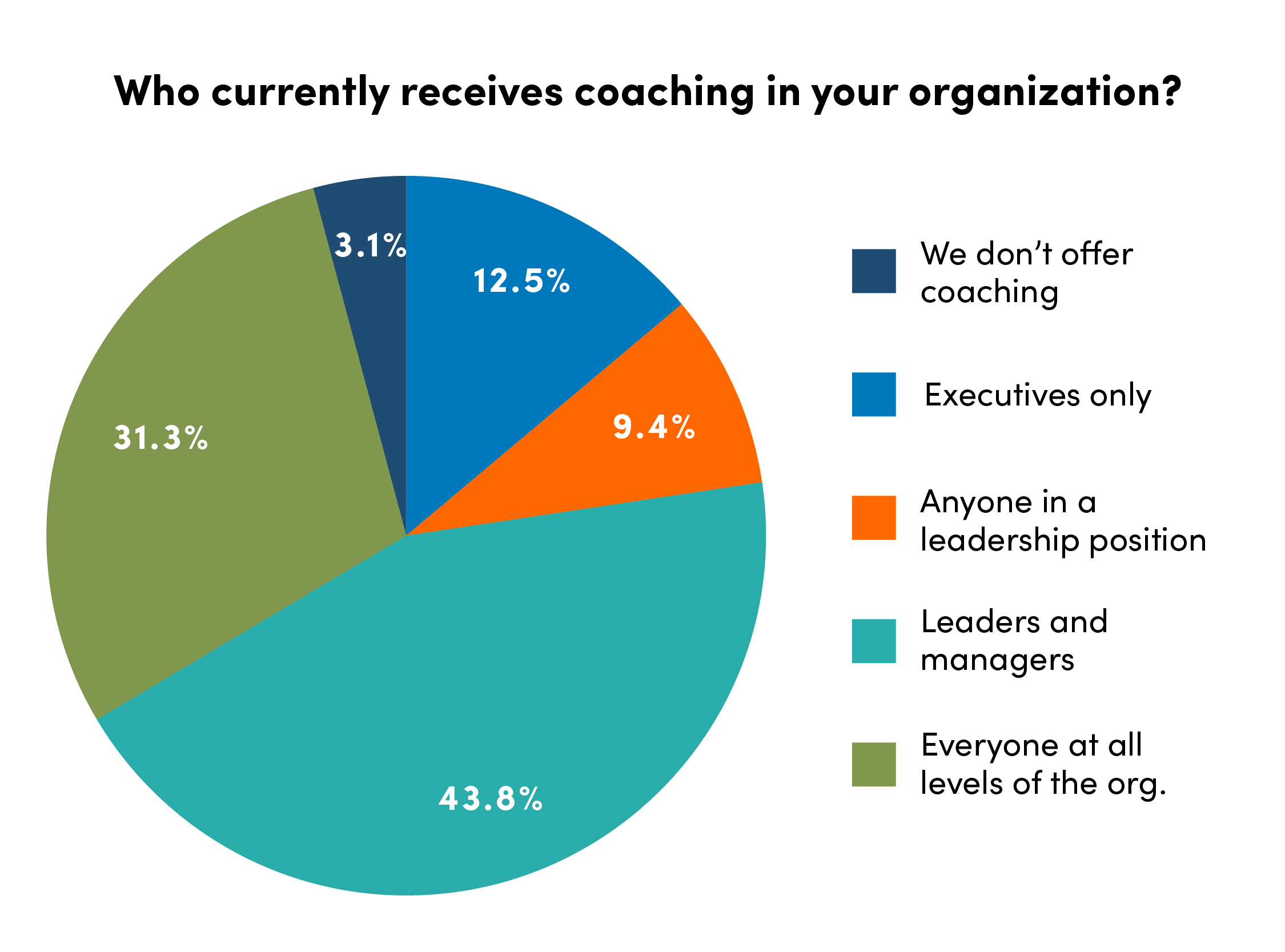Coaching for Impact: How to Create Organizational Changes That Last
AceUp’s founder and CEO, Will Foussier, sat down recently with top HR leaders for an HR Leaders panel to discuss the changing face of the workplace, and what leaders, going forward, will have to consider as they prepare to lead their teams into an uncertain future. The panel included Robin Hirsch Everhart from LP Building Solutions, Badia Rebolledo Abud from Krispy Kreme, Charlotte Kure Jule from Adform, and Wagner Denuzzo from Prudential.
In their discussion on Coaching for Impact: How to Create Organizational Changes That Last, Will and his peers talked about how coaching helps create strong leaders, what types of characteristics leaders in the workplace will need to have going forward, and the challenges of a hybrid work environment, among other issues.
Coaching Helps Build Strong Leaders
In a time when leaders and leadership have been forced to rethink their managerial approach due to the global pandemic and an unprecedented number of people resigning, coaching has become an important, and effective, tool in redirecting leadership style.
The days of the hard-handed approach to leading and managing a team are over. Leaders are now seeing that they must lead with care, transparency, and honesty. If you want to hire — and retain — a strong, productive, and happy workforce, you’ll need strong leadership.
Coaching doesn’t just give positive feedback, it gives constructive feedback. You’re encouraging employees to coach each other, as well. I don’t want to be the only coach on the team. I want the team to feel positive enough to be able to coach each other.
“These are the basics of coaching,” said Everhart. “Communication and belonging stem from people wanting to fit in. Coaching doesn’t just give positive feedback, it gives constructive feedback. You’re encouraging employees to coach each other, as well. I don’t want to be the only coach on the team. I want the team to feel positive enough to be able to coach each other.”
Leadership, the panel agreed, needs to start asking themselves questions like, ‘Who am I as a company? Where are we going?’ and ‘What are my goals?’ The answers will determine that talent management and coaching should play critical roles in any organization.
Session Poll
How Should Leaders Lead?
The short answer is “with open communication.” Leaders must show the ability to adapt, be agile, rebuild trust, and “give meaning to why we come together,” Foussier said. “Put coaching and learning first to redefine a collective sense of purpose.”
Additionally, vision, mission, and purpose are critical, Everhart said. “We need to re-invite everyone in to be a part of our success. We need to create an intentional environment.”
“Managers have a new role,” said Denuzzo. “We need to redefine how work gets done. There is a concept of self-acceptance in which leaders need to ask their employees ‘How can I help you succeed? How can I help you get where you need to go?’” He added that those at a lower level should not be hesitant to coach someone at a higher level if the situation presents itself. “Everyone should be comfortable enough to do this, and managers need to have a willingness to hear it.”
Managers have a new role. We need to redefine how work gets done. There is a concept of self-acceptance in which leaders need to ask their employees ‘How can I help you succeed? How can I help you get where you need to go?’
Drive-by leadership, they said, is not working anymore. Employees want leaders who genuinely care about them, who will allow them the flexibility they need in life and at work that will support them in becoming their best, and most productive, selves.
“We like to use the term ‘wire-archy’ instead of ‘hierarchy’,” said Abud. “Instead of a hierarchy, we empower each person to feel that they belong. With that, they give more and beyond what they would have in the past.”
Session Poll
The Challenges of a Hybrid Work Environment
Do your employees want to work from home? Do they want to work in the office a few days a week? Everyone seems to want something different. So, how do you keep the team cohesive, involved, and engaged?
“There has been a paradigm shift with the pandemic,” Foussier said. “Think of it as an upside-down pyramid with the executives at the bottom like the roots of a tree and the employees at the top as its branches. (The pandemic) has given leverage to employees and it’s a must for management to recognize this.”
Leadership and management must now take into consideration what, exactly, their employees want and how they want to work going forward. It’s crucial, no matter which work environment your employees prefer, to keep them involved. Keep making their voices heard and keep checking in on them to make sure they remain engaged.
There has been a paradigm shift with the pandemic. Think of it as an upside-down pyramid with the executives at the bottom like the roots of a tree and the employees at the top as its branches. (The pandemic) has given leverage to employees and it’s a must for management to recognize this.
The pandemic “has opened new doors to remote hiring,” Abud said. This allows leaders to challenge themselves to better manage their teams when the employees are not right in front of them. “We are now coaching the coaches to be good coaches.”
Abud also said that employees and managers, alike, are realizing that if a job doesn’t make them feel valued or serve them, it might be time to find one that does. “Money will always be there at any company,” she said. “Be courageous enough to make the tough decisions. Be where you feel you belong. Be where you can be yourself.”
“The hybrid workplace brought a challenge for all of us,” Foussier said. “It’s time to rebuild a sense of community and belonging.” The key, of course, is communication.
Are You Ready?
Get in touch with us to schedule a demo and see how AceUp can help you build a premier coaching program for your top talent.

